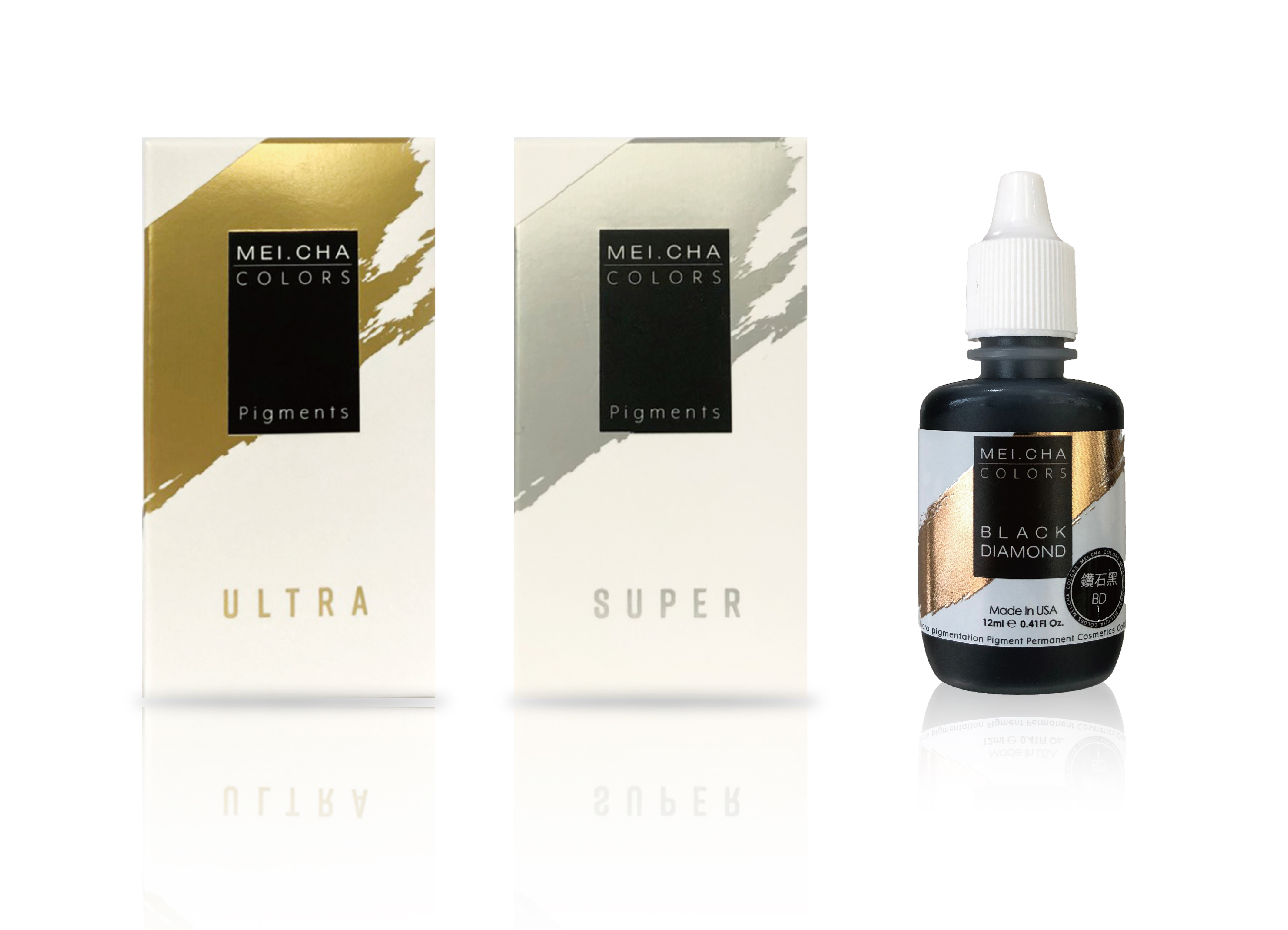Mei Cha Pigments: Mei Cha Pigments Review

Mei Cha pigments have gained popularity among artists and hobbyists for their vibrant colors and purportedly high quality. However, understanding how they stack up against other pigment brands is crucial for making informed purchasing decisions. This section delves into a comparison of Mei Cha with other popular choices, analyzing price, quality, and availability to help you determine which pigment best suits your needs.
Mei Cha Pigments Compared to Competitors
A direct comparison of Mei Cha pigments against other brands reveals nuanced differences in pricing, pigment quality, and overall availability. The following table provides a concise overview, focusing on three prominent competitors: Winsor & Newton, Daniel Smith, and Sennelier.
| Pigment Brand | Price Point | Quality | Availability |
|---|---|---|---|
| Mei Cha | Generally mid-range, with some variations depending on pigment type and retailer. Often more affordable than Winsor & Newton or Daniel Smith. | Generally considered good quality, offering vibrant colors and decent lightfastness. However, individual pigment performance can vary. | Increasingly available online and through select art supply retailers. Availability may be more limited than established brands. |
| Winsor & Newton | High-end; generally the most expensive of the brands listed. | Known for exceptional quality, lightfastness, and high pigment concentration. | Widely available both online and in physical art supply stores globally. |
| Daniel Smith | High-end; comparable in price to Winsor & Newton. | Excellent quality, known for innovative and unique pigments, including luminescent and iridescent options. | Widely available online and in physical art supply stores, particularly in North America. |
| Sennelier | High-end; similar pricing to Winsor & Newton and Daniel Smith. | Exceptional quality, particularly their oil and gouache paints, known for smooth texture and vibrant colors. | Widely available online and in physical art supply stores, particularly in Europe and North America. |
Advantages and Disadvantages of Mei Cha Pigments, Mei cha pigments review
Mei Cha pigments present a compelling alternative to more established brands, but their suitability depends on the specific artistic application.
Mei Cha’s advantages include a generally more affordable price point compared to premium brands like Winsor & Newton or Daniel Smith, making them an accessible option for students or artists on a budget. Their vibrant colors are often praised, offering a good range of hues. However, a potential disadvantage is that the consistency of quality can be less predictable across different pigments within the Mei Cha line compared to the rigorously tested offerings of established brands. Furthermore, the availability may be less widespread than the established brands.
For students experimenting with different colors and techniques, Mei Cha’s affordability and range of colors present a significant advantage. Professional artists, however, who require the utmost consistency and lightfastness, might find the premium brands like Winsor & Newton or Daniel Smith better suited to their needs, especially for long-term projects and archival work.
Color Palette and Mixing Properties Comparison
Imagine a visual comparison between a selection of Mei Cha and Winsor & Newton pigments. Let’s focus on a primary triad: red, yellow, and blue.
A Mei Cha cadmium red might present a slightly warmer, more orange-toned red compared to a Winsor & Newton cadmium red, which leans towards a brighter, slightly cooler hue. The Mei Cha yellow might be a slightly less intense yellow ochre, while the Winsor & Newton equivalent displays a more vibrant, slightly greenish yellow. Finally, a Mei Cha ultramarine blue could appear a deeper, more saturated blue than its Winsor & Newton counterpart, which may possess a slightly brighter, more airy quality.
Mixing these pigments reveals further differences. Mixing the Mei Cha triad produces earthier, warmer mixes, whereas the Winsor & Newton triad yields brighter, more luminous results. The Mei Cha mixes might exhibit a slightly muddier appearance when layering compared to the cleaner, more transparent layers achievable with the Winsor & Newton pigments. This difference in mixing behavior is likely due to variations in pigment concentration and particle size between the brands.
